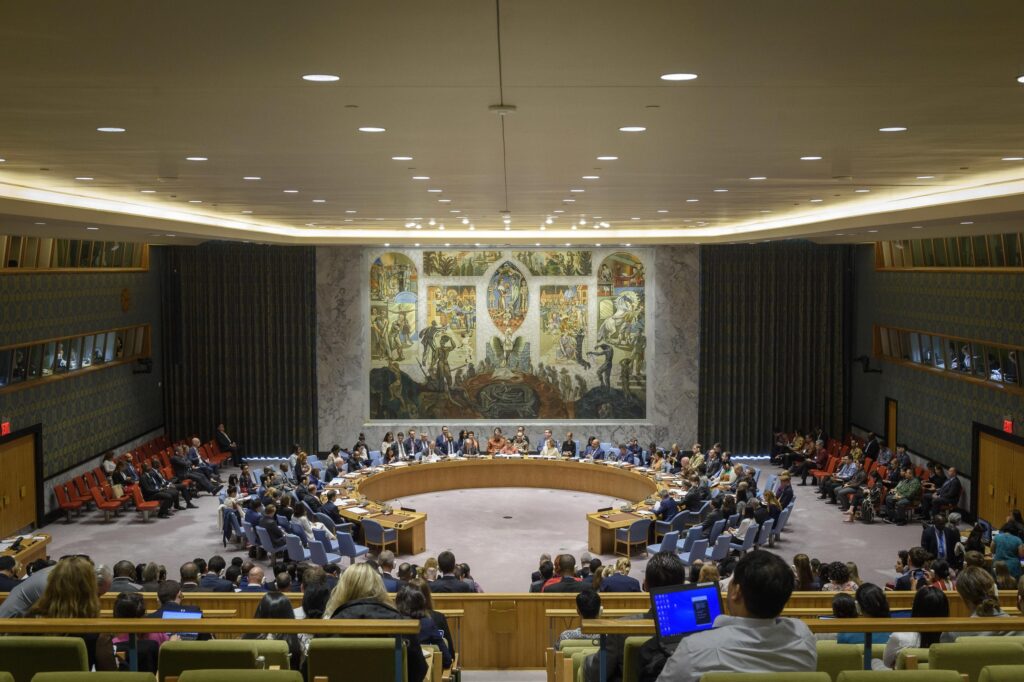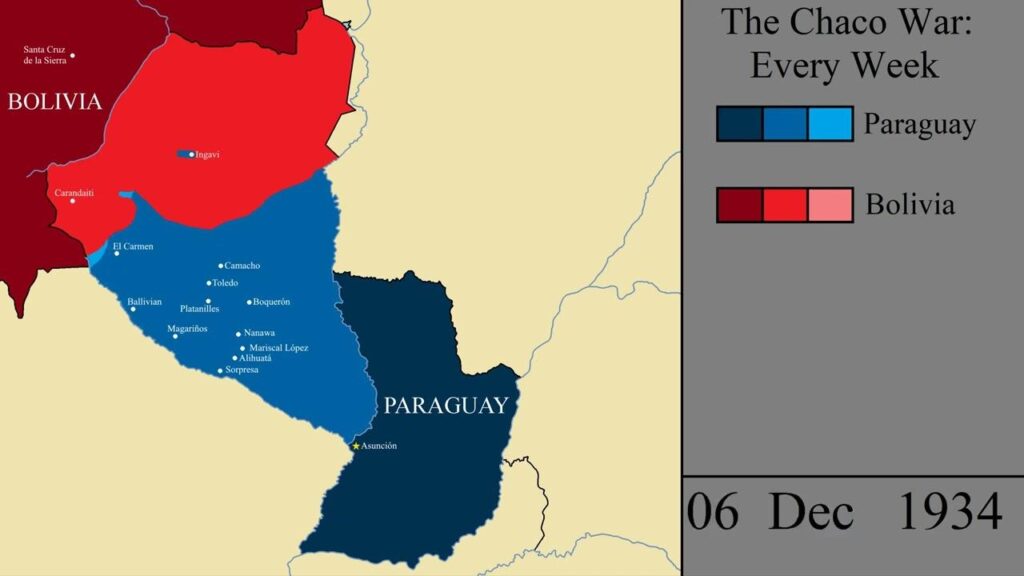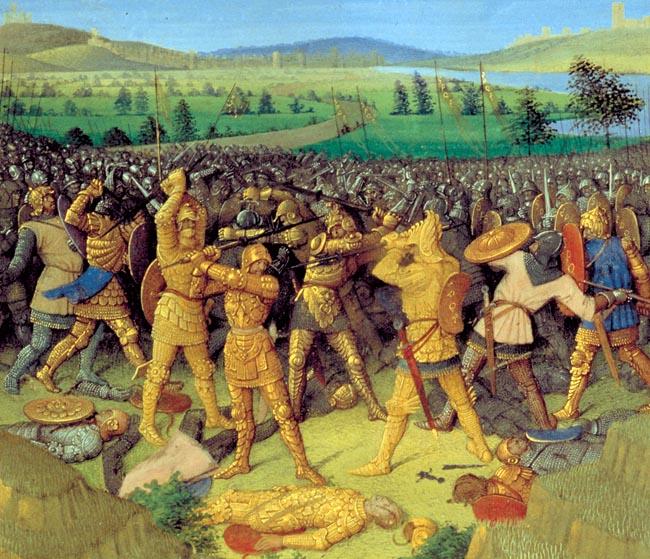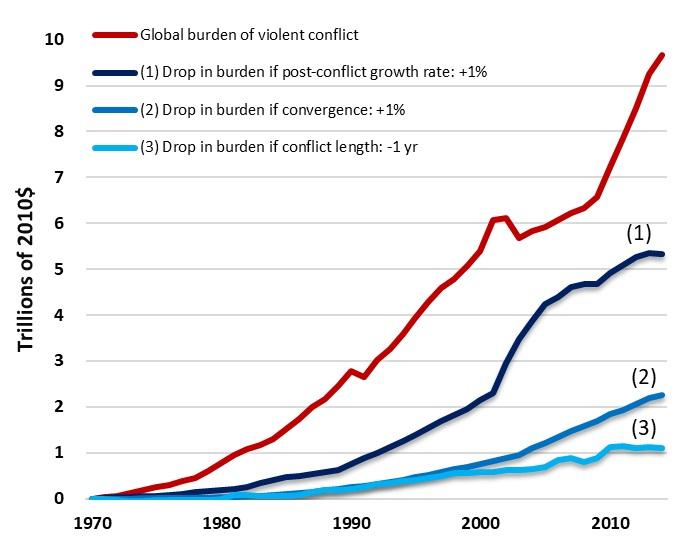The Eritrean-Ethiopian War stands as one of the most significant and devastating conflicts in the Horn of Africa’s recent history. Spanning from 1998 to 2000, this brutal war not only reshaped the geopolitical landscape of the region but also left deep scars on both nations’ societies and economies. In this article, we will explore the complex web of causes that ignited the conflict, examine the major events and battles that defined the war, and analyze its far-reaching impact on Eritrea, Ethiopia, and the wider international community. Whether you’re a history enthusiast or simply curious about this pivotal chapter in African history, join us as we delve into the Eritrean-Ethiopian War—its origins, progression, and enduring legacy.
Table of Contents
- Origins of Tensions and Root Causes Behind the Eritrean-Ethiopian War
- Major Battles and Strategic Maneuvers During the Conflict
- Humanitarian Consequences and Socioeconomic Impact on Both Nations
- Pathways to Lasting Peace and Recommendations for Regional Stability
- Key Takeaways
Origins of Tensions and Root Causes Behind the Eritrean-Ethiopian War
The roots of the conflict between Eritrea and Ethiopia run deep, intertwined with complex historical, political, and territorial disputes. Following Eritrea’s hard-fought independence from Ethiopia in 1993, tensions simmered over unresolved border demarcations, particularly the contentious town of Badme. The scars of colonial-era boundaries, drawn without regard to ethnic and cultural landscapes, laid a fragile foundation susceptible to misunderstandings and rival claims. Beyond geography, divergent national identities and political ideologies further fractured relations, creating an environment where mistrust flourished and diplomatic efforts struggled to gain traction.
Several key factors contributed significantly to the escalation of hostilities:
- Unsettled Border Delimitation: Ambiguities inherited from colonial rule led to competing claims, with both nations asserting sovereignty over strategic locations.
- Post-Independence Power Dynamics: Eritrea’s quest to assert its sovereignty clashed with Ethiopia’s vision of regional influence, stoking nationalistic fervor on both sides.
- Economic and Resource Competition: Control over trade routes and access to ports intensified the rivalry, impacting broader regional economic interests.
- Political Instability: Internal political unrest within both countries exacerbated external conflicts as leaders used nationalist rhetoric to consolidate power.
Major Battles and Strategic Maneuvers During the Conflict
Throughout the Eritrean-Ethiopian War, several pivotal battles defined the trajectory of the conflict and exemplified the intense tactical prowess of both sides. The Battle of Badme was among the earliest and most significant clashes, where the territory dispute triggered a fierce confrontation, setting the tone for the war’s escalating violence. As the fighting progressed, the control of key towns such as Zalambesa and Bure became strategically crucial, with both sides employing entrenched defensive positions, artillery barrages, and rapid infantry assaults to maintain or seize ground. These battles were characterized by rugged terrain combat, where mobility and supply lines played critical roles in the success or failure of operations.
Strategic maneuvers were integral to the military campaigns, involving sophisticated tactics beyond mere battlefield engagements. Ethiopian forces utilized encirclement techniques to isolate Eritrean units, aiming to cut off reinforcements and supplies. Conversely, Eritrean commanders conducted swift counterattacks and leveraged their knowledge of local geography for guerrilla-style raids, inflicting significant disruptions on Ethiopian advances. Additionally, both nations invested heavily in securing air superiority, recognizing the impact of aerial reconnaissance and bombing raids in shaping ground operations. This strategic chess game underscored the complex and dynamic nature of the war, as each side sought to exploit weaknesses and adapt to evolving combat realities.
- Battle of Badme: Catalyst for large-scale hostilities, marked by intense border skirmishes.
- Seizure of Zalambesa: Tactical focus for control of access routes into Eritrea.
- Encirclement Tactics: Ethiopian forces aimed to isolate Eritrean troops tactically.
- Airpower Utilization: Both sides leveraged air strikes to disrupt enemy formations.
- Guerrilla Warfare: Eritrean units used hit-and-run strategies to offset Ethiopian numerical advantage.
Humanitarian Consequences and Socioeconomic Impact on Both Nations
The war between Eritrea and Ethiopia unleashed profound humanitarian crises that left lasting scars on the populations of both nations. Beyond the immediate casualties and displacement, countless families were torn apart as refugees sought safety across borders under dire conditions. The destruction of infrastructure severely limited access to basic necessities such as clean water, healthcare, and education. Vulnerable groups—including women, children, and the elderly—faced heightened risks of malnutrition, disease, and exploitation amid the chaos. These deeply human costs reverberated long after active hostilities ceased, complicating recovery efforts and sapping community resilience.
Economically, the conflict precipitated a downward spiral marked by widespread poverty and stunted development. Both Eritrea and Ethiopia diverted significant portions of their budgets to military expenditure, which in turn strained national finances and hampered investment in critical sectors. Key economic activities including agriculture, trade, and industry experienced severe disruptions, undermining livelihoods and triggering inflation. The following socioeconomic repercussions were particularly damaging:
- Loss of labor force: Large-scale displacement and casualties diminished workforce availability, impeding productivity.
- Decline in foreign investment: Political instability deterred both regional and international investors, limiting economic growth opportunities.
- Infrastructure destruction: Key transport routes, schools, and health facilities were destroyed, delaying post-war rebuilding efforts.
- Heightened food insecurity: Disrupted farming cycles led to chronic shortages and dependence on international aid.
Pathways to Lasting Peace and Recommendations for Regional Stability
Achieving enduring peace in the Horn of Africa requires a multifaceted approach that prioritizes dialogue, economic cooperation, and mutual respect. Both Eritrea and Ethiopia must commit to transparent communication channels supported by international mediators to address unresolved border issues and historical grievances. Additionally, fostering people-to-people connections through cultural exchanges and joint development projects can build trust beyond diplomatic circles, planting seeds for long-term reconciliation. Stakeholders should also emphasize the inclusion of civil society organizations, women, and youth in peacebuilding initiatives to ensure diverse perspectives are integrated into policy-making processes.
Key recommendations for sustainable regional stability include:
- Establishing a jointly administered border demilitarized zone monitored by neutral international observers.
- Creating bilateral economic zones to encourage trade and shared infrastructure development.
- Implementing conflict resolution education programs at community levels to reduce inter-ethnic tensions.
- Strengthening regional bodies like the African Union to play proactive roles in mediation and early-warning mechanisms.
- Supporting transitional justice mechanisms to address past human rights abuses and promote accountability.
Key Takeaways
In sum, the Eritrean-Ethiopian War stands as a stark reminder of how deeply rooted historical grievances and territorial disputes can escalate into prolonged and devastating conflict. Understanding the complex causes behind the war, from colonial legacies to nationalist aspirations, is crucial in grasping the broader regional dynamics at play. While the war inflicted immense human and economic costs, it also underscored the importance of dialogue, diplomacy, and regional cooperation in pursuing lasting peace. As Eritrea and Ethiopia continue to navigate their shared history and future, reflecting on this conflict offers valuable lessons—not just for the Horn of Africa, but for all who seek to resolve disputes through understanding rather than violence.












